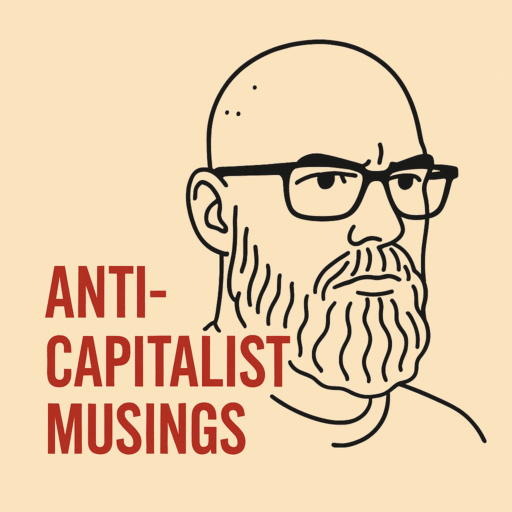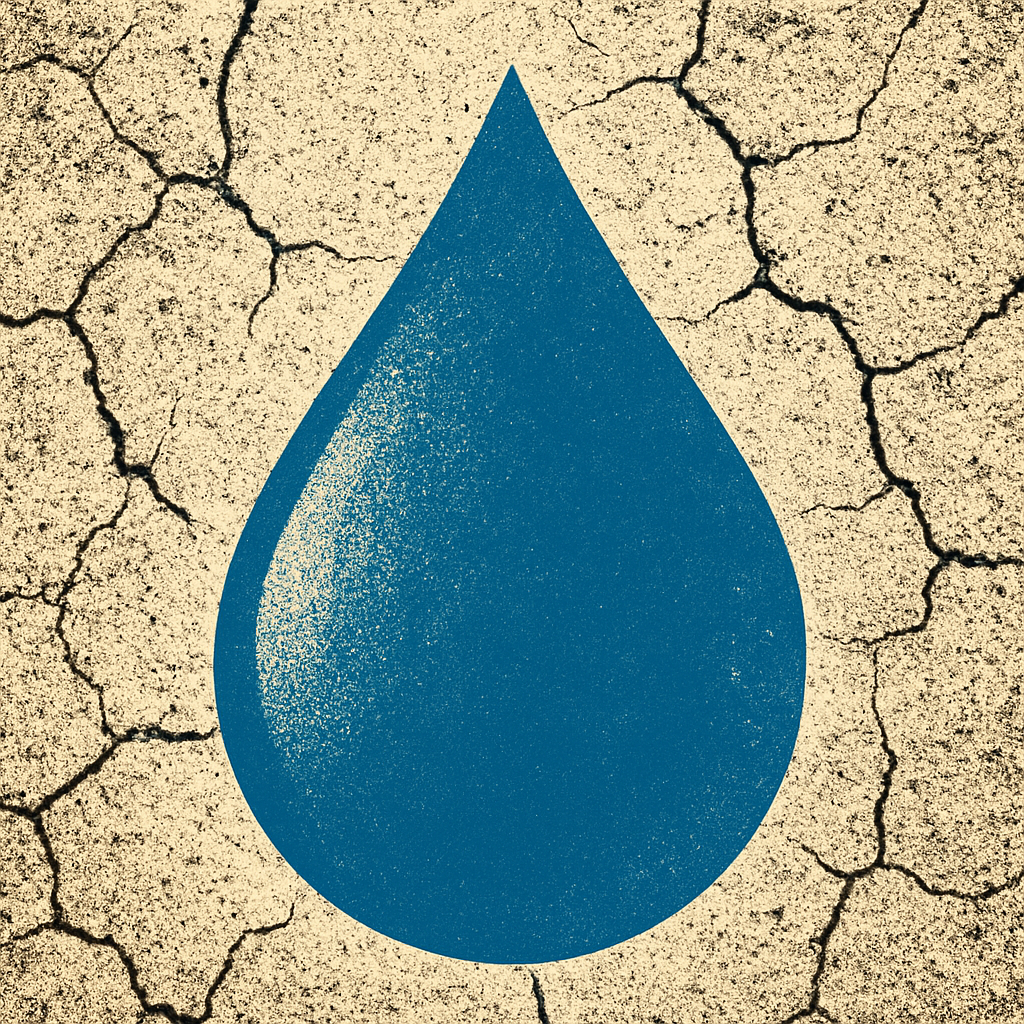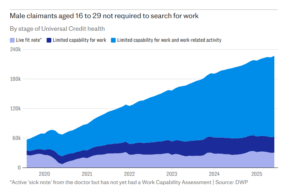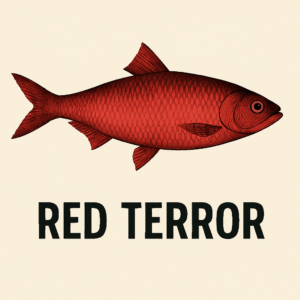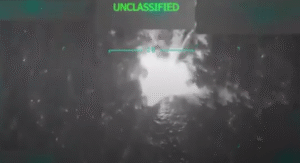I was writing this during a heatwave. Southern England is scorched and silent. The reservoirs are low, the grass is dust, and the hosepipe bans are being queued up like bad policy announcements. Across Europe, it’s worse. Wildfires in Catalonia. Temperatures above 46°C in Portugal. Tourists evacuated from Crete. Schools closed in Sardinia. The Mediterranean is warming fast enough to boil shellfish. This is not a blip. It’s not even extraordinary anymore. It’s the new operational baseline.
Thirst is not a book about climate breakdown, but it is a book about the terrain on which that breakdown becomes governable. Filippo Menga’s concern is water. Who owns it, who sells it, and how crisis is performed in the interests of those who benefit from scarcity. The water crisis, he argues, is not simply ecological. It is political theatre. A moral language built to serve economic extraction. The more we are told to “act now,” the more we are asked to accept privatisation, individual responsibility, and elite solutions.
From the first page, Menga is clear: this is not a study in technocratic adjustment. It is a structural critique. Water is no longer just a resource. It is a story being told to us. Through adverts, summits, NGO campaigns, and celebrity-fronted charity drives. And like all such stories under capitalism, it’s one where the system that caused the disaster volunteers itself as redeemer.
“When I decided to write a book about the water crisis,” Menga notes early on, “I did not think that I would be writing a book about capitalism and its illusions.”
Yet that’s exactly what Thirst becomes. Menga moves deftly from the micro to the global: from the £4 branded chalice offered by Stella Artois during a Super Bowl ad, to the transnational water firms shaping the agenda at the World Water Forum. His prose is sharp but never heavy-handed. What emerges is not just a critique of greenwashing. It is a forensic account of how environmental concern has been appropriated, costed, and sold back to us as virtue.
Chapter one dismantles the idea of the “global water crisis” as a coherent or helpful category. The crisis is not global, he argues, except in the sense that capital operates globally. Water is local, its availability, distribution, and scarcity are shaped by infrastructure, politics, and class. The term persists, because it allows for the centralisation of expertise, the marginalisation of dissent, and the moral justification of extractive interventions. The crisis, in this telling, becomes an organising principle: not something to be ended, but something to be managed, administered, prolonged.
“The inflated use of the notion of a ‘global water crisis’ renders the crisis ordinary,” he writes. “It becomes a normal state of affairs—structural, not exceptional.”
The second chapter examines how charity becomes a delivery system for this logic. Menga focuses on WaterAid and Water.org, showing how both organisations began with idealistic missions, only to become reliant on partnerships with banks, corporations, and private donors. He is not interested in cheap shots, there’s no lazy cynicism here. Instead, he traces how well-meaning organisations find themselves embedded in the very systems they were supposed to bypass. A “political economy of care” emerges, one in which water aid becomes another form of market participation. Microloans, branded donations, and behavioural nudges replace political transformation.
The next chapter tracks the rise of celebrity activism. Menga dissects the iconography of campaigns like #strikewithme or #PourItForward, where sacrifice is presented not as collective action but as personal branding. The donor becomes the protagonist. Menga is particularly good on the emotional economy of this philanthrocapitalist style: how empathy is engineered, monetised, and staged for maximum social media reach.
“Celebrity saviour-like Good Samaritans thus work to take both elites and fans with them into redemption through sacrifice.”
This isn’t just cultural critique. The consequences are material. Menga argues that when Matt Damon tells you to donate £3 to help provide someone with water, he is not reducing inequality. Instead he is reproducing the terms of it, framing water insecurity as a problem of distant suffering rather than structural dispossession.
By the time we reach Nestlé, the contradictions are fully visible. Menga doesn’t waste time repeating what most readers already know. That bottled water is ecologically ruinous, that Nestlé has a long history of extractive practices. What’s new is how he reads the company’s rhetoric. Nestlé, he shows, increasingly casts itself as a steward of water rights, a partner in climate resilience, even a champion of access. But this public commitment is, in accounting terms, negligible. The amount of money Nestlé allocates to “Water for All” initiatives is, as Menga notes, “a tiny fraction of a tiny fraction” of annual revenue. The real point of these efforts is legitimacy: a way to outflank criticism, manage risk, and secure social licence to operate.
Menga is particularly sharp on the privatisation of trust. In countries like Italy, nearly a third of the population doesn’t trust the quality of their tap water, despite being surrounded by aquifers and mountains. The solution offered isn’t investment in infrastructure or democratic control—it’s plastic: a booming bottled water industry that turns distrust into profit. But what if the distrust is warranted?
The water crisis is no longer just a story of “elsewhere.” In Saint-Louis, France, 60,000 people were told their tap water was no longer safe to drink. Bottled water became a survival strategy overnight. The cause? PFAS. So-called “forever chemicals” leached into the water supply from firefighting foam used at the Basel-Mulhouse airport since the 1960s. The contamination went undetected or unspoken for years. Now entire families are scrambling for plastic crates of water, while the state dithers over liability.
And in New Mexico, Holloman Lake (once a haven for birdwatchers) is now one of the most contaminated aquatic ecosystems on Earth. Every living thing around it, from soil bacteria to reptiles and ducks, is saturated with industrial waste: the long tail of US military activity. A single gram of duck meat from the area is now too toxic to consume.
“There were no other analogs we could find for this level of contamination,” said the scientist who made the discovery. “We thought we were doing something wrong with the units.”
These aren’t outliers. They’re data points in a rapidly expanding map of systemic chemical violence. As PFAS testing becomes more widespread across Europe and the US, we’re learning that contamination is not the exception. It’s the rule. There are more than 23,000 contaminated sites in Europe alone. The European Food Safety Authority recommends blood concentrations of PFAS below 6.9mcg/l. In Saint-Louis, many tested nearly triple that. Remember this is just what we have found.
This is where Thirst gains even greater resonance. Menga shows that the language of scarcity, of “crisis,” “urgency,” and “personal responsibility” is designed to hide the structural causes of water injustice. But contamination rewrites the script. It exposes the political nature of “access” and forces us to ask what water security actually means when the tap itself may be poisoned.
It’s not just a question of how much water exists. It’s a question of what’s in it, who made it that way, and who is expected to pay with money, with health, with silence.
“Redemption is real,” he writes, “but it is measured in headlines and investor confidence, not redistributed resources.”
The final chapter is more speculative, but no less grounded. Menga argues that the dominant modes of water governance (summits, indicators, development goals) foreclose alternative imaginaries. The water crisis is always framed as technical: a matter of plumbing, pricing, or behavioural change. But this obscures its real terrain: the political economy of land use, agriculture, class, and power. The book closes with a call for a renewed ethics of water, but it avoids easy utopianism. Menga knows that the real work begins with refusal, with rejecting the terms of the debate as currently constructed.
In the end, Thirst is not a book about saving water. It’s a book about saving meaning. About reclaiming the language of crisis from those who have turned it into a business model. Menga shows how even the most urgent ecological realities are now mediated through the logics of branding, philanthropy, and managerialism. He offers, not solutions, but clarity, which is a rare and vital thing in a season of fire.
